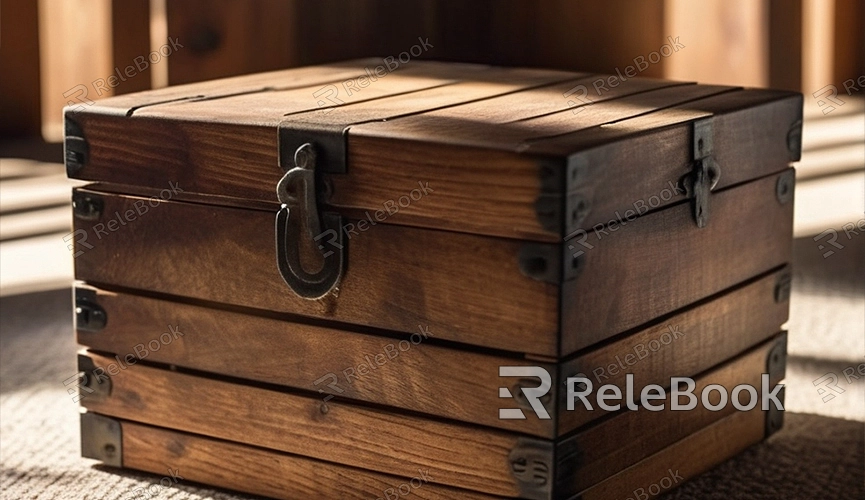What Is Texture in Art?
Texture is a key concept in art creation, as it adds depth and tactile quality to artworks, making them more vivid and engaging. However, for some beginners, texture might be an abstract and challenging concept to grasp. In this article, we will explain in detail what texture is in art and share some practical tips for applying texture.
What Is Texture?
Texture refers to the surface quality or feel, describing the form, structure, and characteristics of an object's surface. In art, texture can be represented in various ways, such as lines, colors, shapes, and tactile quality. By cleverly using texture, artists can make their works more colorful, interesting, and emotionally engaging.

Different Types of Texture
In art creation, there are many different types of texture, each with its unique characteristics and applications. Common types of texture include:
1. Tactile Texture: Refers to the actual texture or feel of an object's surface, such as rough, smooth, or delicate.
2. Visual Texture: Simulates the texture of an object's surface through visual effects, such as details, spots, or patterns in the artwork.
3. Simulated Texture: Mimics the texture of an object's surface through techniques like hand drawing or digital rendering, making it look more realistic and lifelike.
Application of Texture in Art
Texture is a crucial element in art creation, as it adds depth, interest, and expressiveness to artworks. Artists can achieve various artistic effects by applying different texture effects, such as:
1. Creating Atmosphere: By using specific texture effects, artists can create a particular atmosphere and evoke specific emotions, such as warmth, calmness, or excitement.
2. Increasing Visual Impact: Artists can enhance the visual impact and appeal of their works by using a variety of colorful texture effects, making them more eye-catching.
3. Enhancing Expressiveness: Texture can help artists better represent the form, structure, and characteristics of objects, making their works more vivid and engaging.
How to Apply Texture?
In art creation, applying texture is a process that requires skill and experience. Here are some practical tips for applying texture:
1. Observe Real-World Textures: Artists can gain inspiration and references for their works by observing textures of objects and scenes in the real world.
2. Practice Hand Drawing and Digital Rendering: Artists can simulate and create various texture effects through hand drawing or digital rendering, improving their ability to represent texture.
3. Explore Innovation and Experimentation: Art creation is a process of innovation and experimentation. Artists can continuously try out and explore new texture effects, discovering more possibilities and ways of expression.
Texture is a fundamental concept in art creation, as it adds depth and tactile quality to artworks, making them more colorful and engaging. By understanding the basic concepts of texture and applying texture techniques, artists can create more expressive and appealing works. If you need many high-quality 3D textures and HDRI or downloadable 3D models, you can download them from Relebook and directly import textures and 3D models into your project.

